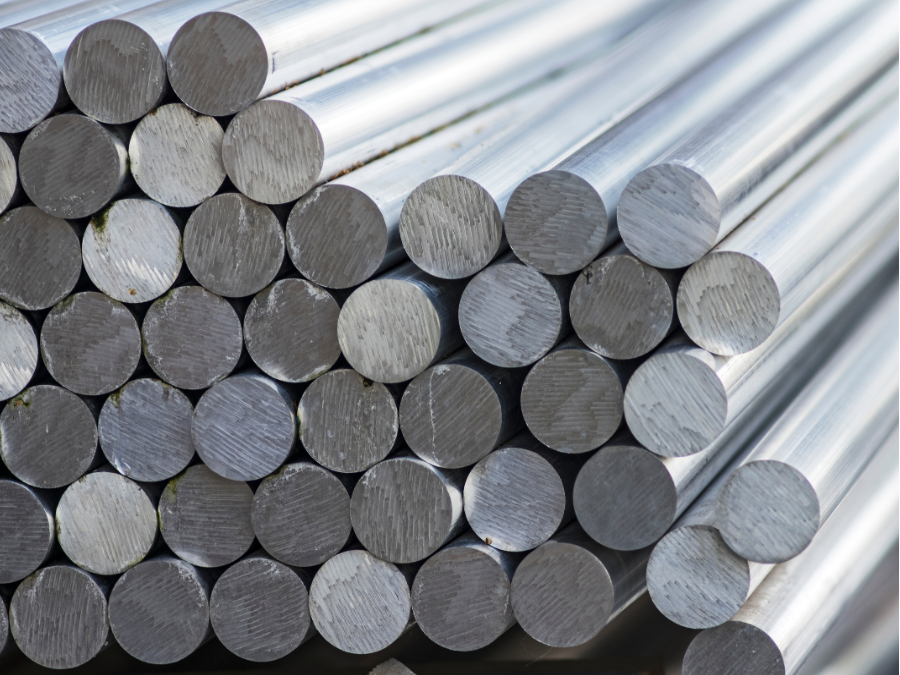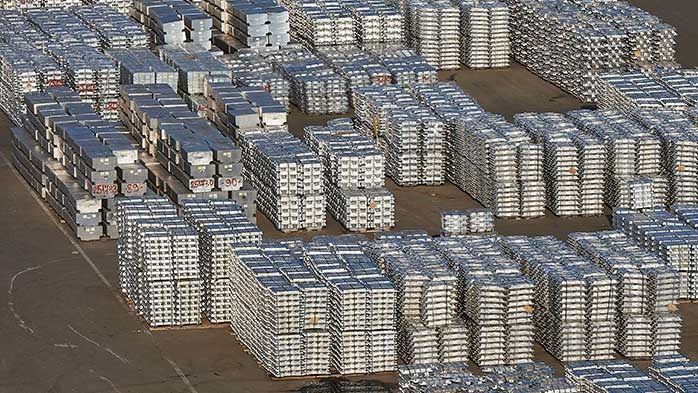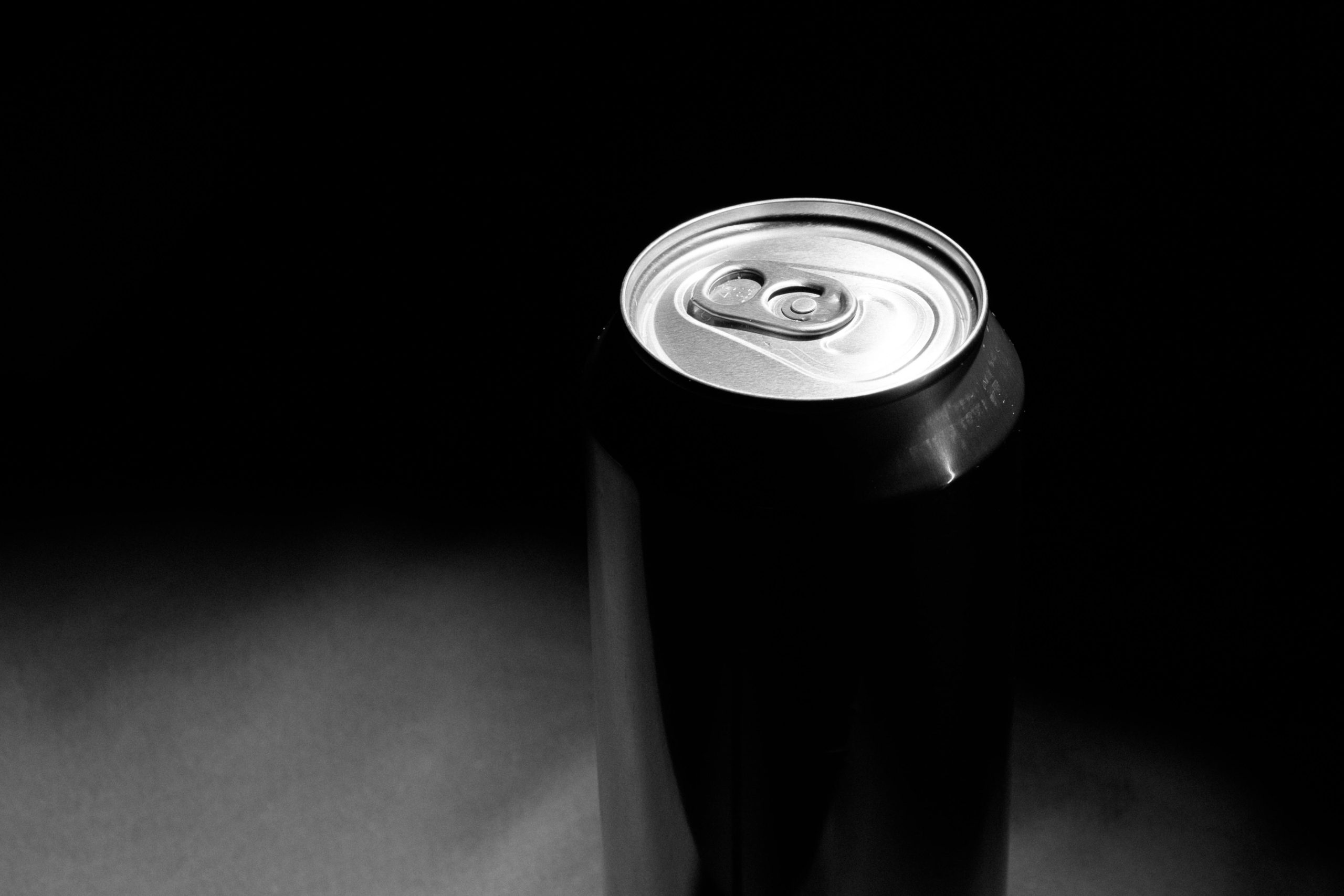Aluminum

CRU: Aluminum news roundup
Written by Marziyeh Horeh
December 6, 2024
AEC welcomes US customs’ move against kingdom in the Dominican Republic
The US Customs and Border Protection (CBP) recently determined that aluminum extruded products manufactured by Kingtom in the Dominican Republic were produced using convict, forced, or indentured labor, in violation of Section 307 of the Tariff Act of 1930.
Kingtom is a Chinese-owned aluminum extruder in the Dominican Republic and uses both Chinese and local Dominican labor.
The AEC and the United Steel, Paper and Forestry, Rubber, Manufacturing, Energy, Allied Industrial and Service Workers International Union (USW) jointly petitioned CBP and the Department of Homeland Security (DHS) to investigate these apparent violations of the Tariff Act. As a result of CBP and DHS’s finding, CBP has authorized all port directors to cease imports of aluminum extrusions from Kingtom.
“Today’s announcement is the culmination of a joint effort between the AEC and the USW and sends a powerful message that forced labor has no place in global supply chains,” said Jeff Henderson, President of the Aluminum Extruders Council on Dec. 3. “The AEC has consistently advocated for rigorous enforcement of trade laws, including those that uphold ethical labor standards. We commend CBP for their diligence in uncovering and addressing this violation and for taking concrete steps to ensure compliance.”
Ampal expands US aluminum powder production with new powder line
United States Metal Powders has announced a new aluminum powder manufacturing line at its Ampal Inc., subsidiary based in Palmerton, Pa. Scheduled to start full production in summer 2025, the line is expected to offer the capability for both nodular and spherical aluminum powder production.
USMP, founded in 1918, is a leading provider of aluminum powders with two production companies, Ampal and Poudres Hermillon, based in La Tour-en-Maurienne, France.
Ampal, reported to be the largest producer of aluminum powder in North America, moved its production facility from Flemington, NJ, to its current site in 1982.
Novelis explores commercial case for sustainability in automotive supply chains
Novelis, in collaboration with Sourced Economics, is advancing the conversation on sustainability in the automotive industry.
In a recent article published in Inbound Logistics, Novelis experts Mario Greco, global technology director of automotive, and Kashif Solaija, senior manager of sustainability and commercial excellence, global automotive, joined Sourced Economics CEO John Frechette to explore how businesses can quantify the commercial value of green initiatives.
The article outlines modeling techniques to integrate environmental performance into product design and business strategy. It highlights research on consumer willingness to pay for sustainable features and provides insight into prioritizing sustainability investments for maximum impact.
Rio Tinto gives operational update at annual investor seminar
Diversified miner, Rio Tinto, anticipates achieving copper production of between 780,000 tons (t) and 850,000 t in 2025, up from 660,000 t to 720,000 t expected this year.
The forecast represents an 18.1% year-over-year (y/y) rise at the ranges’ mid-point. The projection is underpinned by an anticipated 50% increase in output from the company’s Oyu Tolgoi copper mine in Mongolia. Rio Tinto is targeting copper output of 1 Mt/y by the decade’s end.
The company is also advancing its Rincon project in Salta province, Argentina, which delivered its first lithium last week, Rio Tinto reported. The first battery-grade lithium production is expected in 2025. The company anticipates making a final investment decision this month to raise Rincon’s capacity to 60,000 t/y, comprising the 3,000 t/y starter plant and, subject to receipt of permits, a 50,000 t/y full-scale plant plus 7,000 t/y of optimization.
Rio Tinto also plans to expedite investments in the operational assets of Arcadium in Argentina and Canada once the proposed acquisition of the company for US$6.7 billion (€6.38 billion) is finalized in mid-2025. This is pending approval from Arcadium’s shareholders, court, and regulatory authorities, as well as meeting standard closing requirements.
As part of the business development update at its annual investor seminar in London, Rio Tinto said: “We have stabilized our [aluminum] assets and have a clear pathway to deliver greater returns through growth and decarbonization.”
The company forecasts producing 57 Mt to 59 Mt of bauxite next year, up from this year’s 53 Mt to 56 Mt. Alumina’s range is 7.4 Mt to 7.8 Mt, up from 7.0 Mt to 7.3 Mt, and aluminium’s 3.25 Mt to 3.45 Mt, slightly up from 3.2 Mt to 3.4 Mt.
Production guidance of 323 Mt to 338 Mt in 2025 is the same as this year’s. Construction of the 60 Mt/y Simandou iron ore mine and associated port and rail infrastructure in Guinea remains on schedule for first ore next year with full capacity being reached by 2028.
CEO Jakob Stausholm commented; “As we ramp up the Oyu Tolgoi underground copper mine, deliver the Simandou high-grade iron ore project in Guinea, and build out our lithium business through the proposed acquisition of Arcadium, we are underwriting a decade of profitable growth.”
He also said: “We have reached a new era in our decarbonization journey. This year we have committed to carbon abatement projects representing more than three million tonnes of annual emissions, accelerating our progress toward our targets while also investing for the necessary net zero breakthroughs.”
Rio Tinto plans to keep its capital expenditure for decarbonization projects through 2030 towards the lower end of the range of US$5 billion to US$6 billion, a reduction from the earlier projection of US$7.5 billion.

Marziyeh Horeh
Read more from Marziyeh HorehLatest in Aluminum

Tariff talks define Alcoa’s Q1
Operational results painted a picture of a company that produced more aluminum but shipped less of it as a result of tariffs and timing mismatches.

Wittbecker: What comes after ‘Liberation Day’?
A week after "Liberation Day," the global economy got a 90-day “stay of execution.” The Trump administration hit the pause button on many of its broad tariff measures, with the exception of China.

The Value Trap: USMCA compliance paradoxes
A counterintuitive aspect of the 25% tariffs on autos is these percentages are measured in value, not by weight or part count. That means a few costly imported parts can outweigh dozens of cheaper local ones – and vice versa.

Aluminum takeaways after ‘Liberation Day’
If you import aluminum products, here’s where things stand after President Trump's "Liberation Day."

Tariffs are easy to announce, but hard to track
Announcing tariffs is easy. Implementing them at the border? That’s a whole different ball game.
